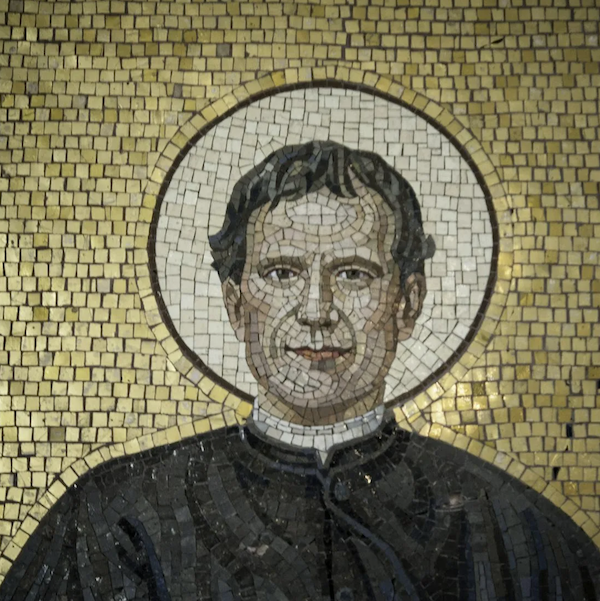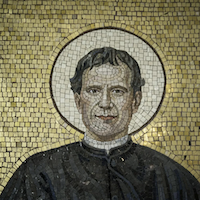
NEW YORK – “And God said, let there be light and then there was light,” according to the Book of Genesis in the Old Testament of the Bible. Many would insist that God didn’t create light so much as he is light. Before literacy was widespread, the ideas of light representing good and darkness symbolizing evil had to be communicated to the faithful visually, through works of art. By the Middle Ages, artists had adopted the convention of painting a halo of light around the head of a deity or a saint to mark who should be respected and revered.


